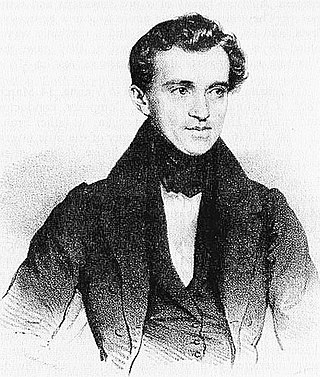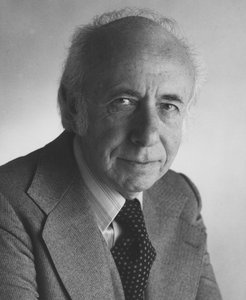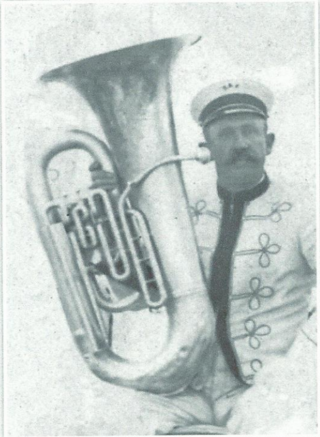
Musical composition can refer to an original piece or work of music, either vocal or instrumental, the structure of a musical piece or to the process of creating or writing a new piece of music. People who create new compositions are called composers. Composers of primarily songs are usually called songwriters; with songs, the person who writes lyrics for a song is the lyricist. In many cultures, including Western classical music, the act of composing typically includes the creation of music notation, such as a sheet music "score", which is then performed by the composer or by other musicians. In popular music and traditional music, songwriting may involve the creation of a basic outline of the song, called the lead sheet, which sets out the melody, lyrics and chord progression. In classical music, orchestration is typically done by the composer, but in musical theatre and in pop music, songwriters may hire an arranger to do the orchestration. In some cases, a pop or traditional songwriter may not use written notation at all and instead compose the song in their mind and then play, sing or record it from memory. In jazz and popular music, notable sound recordings by influential performers are given the weight that written or printed scores play in classical music.

Henry Fillmore was an American musician, composer, publisher, and bandleader, best known for his many marches and screamers, a few of which he wrote for the Band of the Hour at the University of Miami in Coral Gables, Florida.

American march music is march music written and/or performed in the United States. Its origins are those of European composers borrowing from the military music of the Ottoman Empire in place there from the 16th century. The American genre developed after the British model during the colonial and Revolutionary periods, then later as military ceremonials and for civilian entertainment events.

Johann Baptist Strauss I, also known as Johann Strauss Sr., the Elder or the Father, was an Austrian composer of the Romantic Period. He was famous for his light music, namely waltzes, polkas, and galops, which he popularized alongside Joseph Lanner, thereby setting the foundations for his sons—Johann, Josef and Eduard—to carry on his musical dynasty. He is best known for his composition of the Radetzky March.

A circus is a company of performers who put on diverse entertainment shows that may include clowns, acrobats, trained animals, trapeze acts, musicians, dancers, hoopers, tightrope walkers, jugglers, magicians, ventriloquists, and unicyclists as well as other object manipulation and stunt-oriented artists. The term circus also describes the field of performance, training and community which has followed various formats through its 250-year modern history. Although not the inventor of the medium, Newcastle-under-Lyme born Philip Astley is credited as the father of the modern circus.

Karl L. King was a United States march music bandmaster and composer. He is best known as the composer of "Barnum and Bailey's Favorite".
A screamer is a circus march intended to stir up the audience during the show.
A concert march is a march specifically composed for a concert band, brass band or an orchestra. See march music.

"The Blue Danube" is the common English title of "An der schönen blauen Donau", Op. 314, a waltz by the Austrian composer Johann Strauss II, composed in 1866. Originally performed on 15 February 1867 at a concert of the Wiener Männergesang-Verein, it has been one of the most consistently popular pieces of music in the classical repertoire. Its initial performance was considered only a mild success, however, and Strauss is reputed to have said, "The devil take the waltz, my only regret is for the coda—I wish that had been a success!"

Morton Gould was an American composer, conductor, arranger, and pianist.

Julius Ernest Wilhelm Fučík was a Czech composer and conductor of military bands. He became a prolific composer, with over 400 marches, polkas, and waltzes to his name. As most of his works were for military bands, he is sometimes known as the "Bohemian Sousa".
Russell Alexander was an entertainer and composer, active primarily with vaudeville shows and musical comedy organizations.

"Entrance of the Gladiators" op. 68 or "Entry of the Gladiators" is a military march composed in 1897 by the Czech composer Julius Fučík. He originally titled it "Grande Marche Chromatique", reflecting the use of chromatic scales throughout the piece, but changed the title based on his personal interest in the Roman Empire.

A march, as a musical genre, is a piece of music with a strong regular rhythm which in origin was expressly written for marching to and most frequently performed by a military band. In mood, marches range from the moving death march in Wagner's Götterdämmerung to the brisk military marches of John Philip Sousa and the martial hymns of the late 19th century. Examples of the varied use of the march can be found in Beethoven's Eroica Symphony, in the Marches Militaires of Franz Schubert, in the Marche funèbre in Chopin's Sonata in B flat minor, the "Jäger March" in the Op. 91a by Jean Sibelius, and in the Dead March in Handel's Saul.

Walter Paul "Woody" English was an American composer, conductor, and tubist.
Arthur Wellesley Hughes (1870–1950) was a Canadian musician and composer. Born in Kingston, Ontario, he separated from his family at a young age, spending many years in the United States as an itinerant circus musician. He was a performer on piano, calliope, and alto horn. His circus associations on record include: Mighty Haag Circus, Downie & Wheeler Circus (1912); Hagenbeck-Wallace Circus (1922); Sells-Floto Circus (1923); and Ringling Bros & Barnum & Bailey Combined Shows (1924–26). He was with Robbins Bros. Circus (1928–29) whence his Robbins Bros. Triumphal March arose, and Miller Bros. 101 Ranch Wild West Show, and Walter L. Main Circus (1930–31). Hughes worked as composer and arranger for the Waterloo Music Company of Waterloo, Ontario, from 1932 to 1935. At other times, Hughes worked as arranger in the Whaley, Royce and Cundy-Bettoney publishing houses. According to his own account, Hughes wrote band music in the US for much of his life, under various pen names, including Arthur Wellesley and H W Arthur.
Masquerade was written by Aram Khachaturian in 1941 as incidental music for a production of Mikhail Lermontov's play of the same name. He turned it into a suite with five movements for an orchestra in 1944. It is best known for the Waltz, widely considered one of Khachaturian's finest and most popular pieces, second in popularity only to "Sabre Dance" from the ballet Gayane.

Heritage of the March is a series of 185 vinyl records of marches and galops released from 1973 to 1988. It remains the largest single march music record series in history, featuring close to 3,000 different marches.

Johannes Brahms' Liebeslieder Waltzes (Liebeslieder-Walzer) are distributed across two opus numbers: Op. 52 and Op. 65. The waltzes are a collection of love songs in Ländler style for voices and piano four hands. The lyrics for the Liebeslieder come from Georg Friedrich Daumer's Polydora, a collection of folk songs and love poems. While there is no concrete record indicating the exact inspiration for the Waltzes, there is speculation that Brahms' motivation for the songs was his frustrated love for pianist and composer Clara Schumann.















